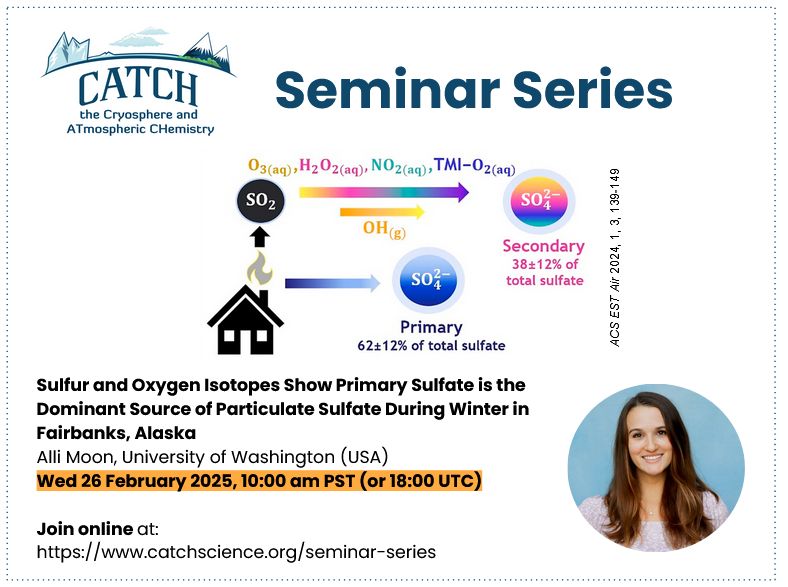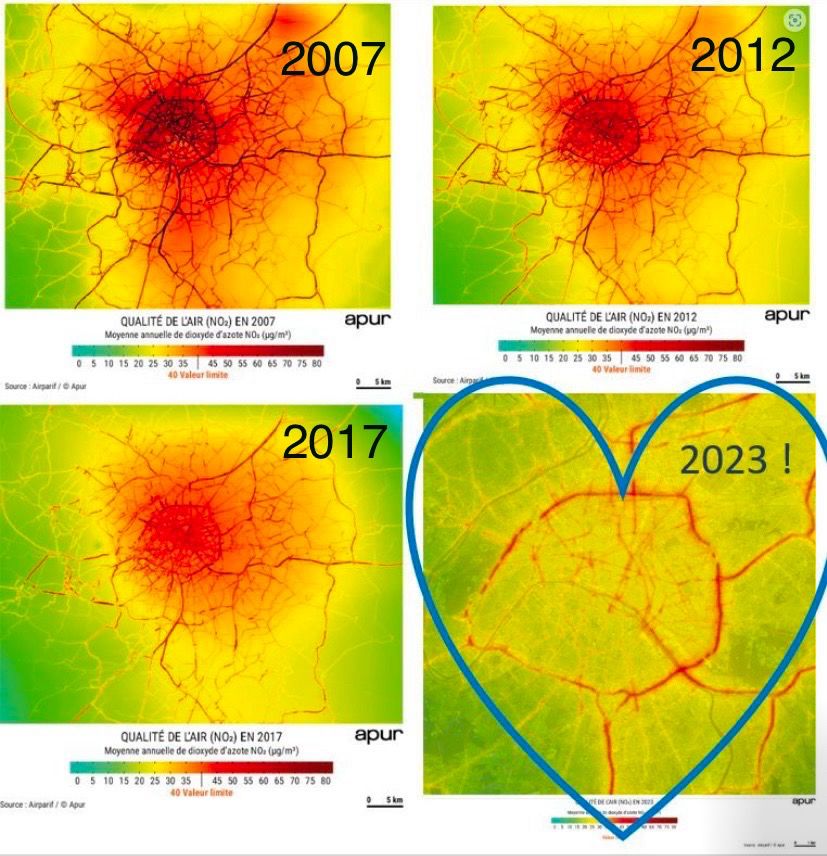A nerdy extrovert, froody, nomad, runner, #climatechange #realnerds. Scientist at IITM, Pune. Love the Poles. Founder of Pune Science on Tap. Personal views.

www.nature.com/articles/d44...

openthemagazine.com/feature/how-...
www.pnas.org/doi/10.1073/...



I'll be posting some updates on the expedition but here's a video by Rakesh Rao on behalf of NCPOR from one of our earlier trips
youtu.be/IfcXX4msZDQ?...

Reposted by Anoop S. Mahajan



www.science.org/doi/10.1126/...
Reposted by Anoop S. Mahajan
Between predatory journals and journals which are 'magazines', innovative science suffers.

www.sciencedirect.com/science/arti...
Reposted by Geraint Ellis, Horacio Larreguy, Anoop S. Mahajan

Trading car space for green space, bike space, kid space…trading pollution for people. Good trade.
Reposted by Anoop S. Mahajan



➡️Alessandro Silvano & Xianwei Wang join 𝗔𝗕𝗦 𝗥𝗪𝗚 𝗹𝗲𝗮𝗱𝗲𝗿𝘀𝗵𝗶𝗽: soos.aq/news/new-abs...
➡️ @noopanoop.bsky.social in a new leadership role for 𝗦𝗢𝗜𝗦 𝗥𝗪𝗚: soos.aq/news/new-soi...
➡️Hugo Guímaro as new APECS ECR rep on the CAPS CWG: soos.aq/news/new-cap...
Reposted by Anoop S. Mahajan

Great pic via @JBPssx
Reposted by Anoop S. Mahajan



Check out this super exciting paper, which changes our understanding on the effect of oceanic sulphur.
www.science.org/doi/10.1126/...






